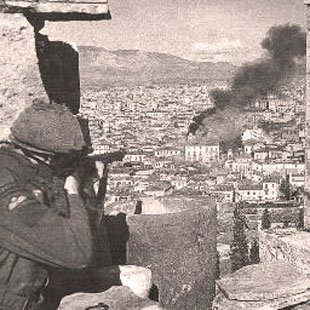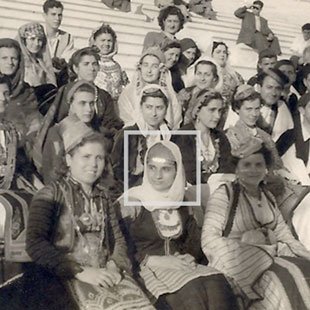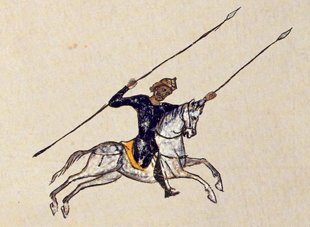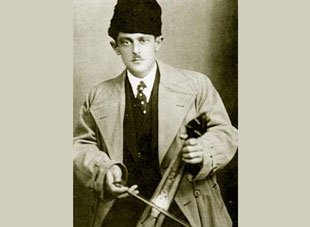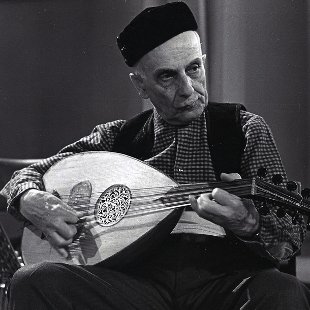You are at: Home page Her Work List of Songs Pilgrim's Song
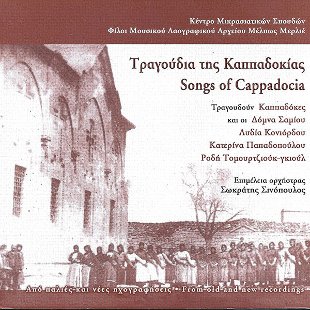
Pilgrim's Song

Χορευτικό πομπικό τραγούδι
Listen
Original Lyrics
Χορευτικό πομπικό τραγούδι
(Έι) Χιτάτε, νάϊ πάμε σον Εσβασίλη
Να κρεμάσωμεν τα κρεάτε στο σίδι
(Έι) (ν)Εσύρεν τσαί δώκεν τσαί αγιεσίλι
Τσαί χτες την ευίτσα σον Εσβασίλη
(Έ) Τσάλτσεν τσιούβρεν τσαί μαχαίριν ντα σφάξεν
Έσφαξέν τα και μο το κοδευτήρι
(Έ) Μπίρτσεν το γαλιόνιν και τελέτσεντα
Έθατζεν τσαί τ’ ένα αγαραφύλλι
Νεοελληνική απόδοση
Ελάτε να πάμε στον Άγιο Βασίλη
Να κρεμάσουμε τα κρέατα στις ιτιές.
Πυροβόλησε και χτύπησε ένα πουλί
Χτες την αυγή στον Άγιο Βασίλη.
Έψαξε και δε βρήκε μαχαίρι να το σφάξει
Το έσφαξε με το κλαδευτήρι.
Άναψε το τσιμπούκι κι έκανε δαχτυλιδάκια με τον καπνό
Έβαλε και κάποιος πάνω ένα γαρύφαλλο.*
*έβαλε το γαρύφαλλο προφανώς για τη μυρωδιά
Information
- Region: Cappadocia / Konya
- Area: Farasa
- Type: Religious, Literary
- Rhythm: 3 beats | 2 beats
- Dance style: Local dance
Collaborators
- Singer: Lazarus Hatzinis, Panayotis Kounteperidis
- Informant (source of the song): Lazarus Hatzinis, Panayotis Kounteperidis
Albums
Notes
This song from Fárassa is related to the local celebration of St. Basil and was sung and danced on New Year’s Eve, while the pilgrims walked on the path leading to the so-called caves of St. Basil. That was a one hour’s walk from the village. The same song was sung again around the caves at the festival after the worship was through, and on going back to the village. The description below regarding the combination of dancing and singing is taken from the book Folk Religion in Fárassa by D. Loukópoulos and D. Petrópoulos (Athens, 1949): “The dancing movement was slow, as was the singing rhythm. The dancers moved their heads and bodies right and left. They tapped their feet on the ground in the same rhythm. The first dancer controlled the dancing steps. He reproved those who were unable to follow the rhythm and sometimes hit them slightly on their legs with a branch. Whoever failed to comply with the rhythm should quit the dance”. Obviously, this custom disappeared as soon as the Greeks of Cappadocia were uprooted and forced to leave their homeland.
Time signature: 2/4 with sections in 3/4.
Mode: Diatonic D within the range of a minor seventh. Degree VI fluctuating.
Recording information
Transcription of the original 78 rpm recording of 1930 by Melpo Merlier, founder of the “Music Folklore Archive”.
